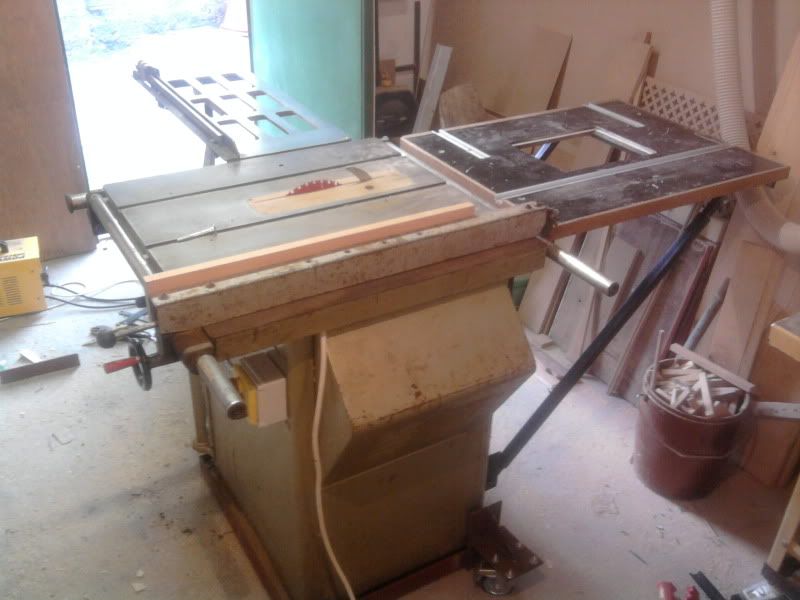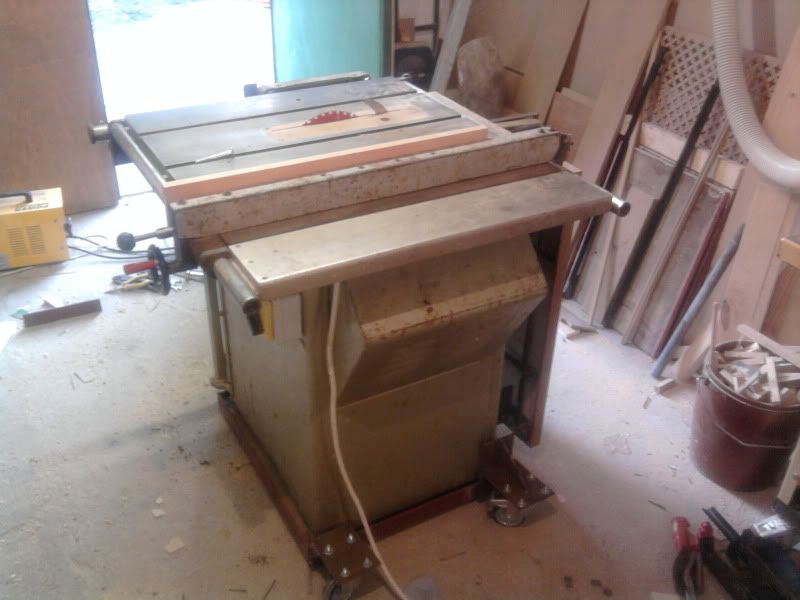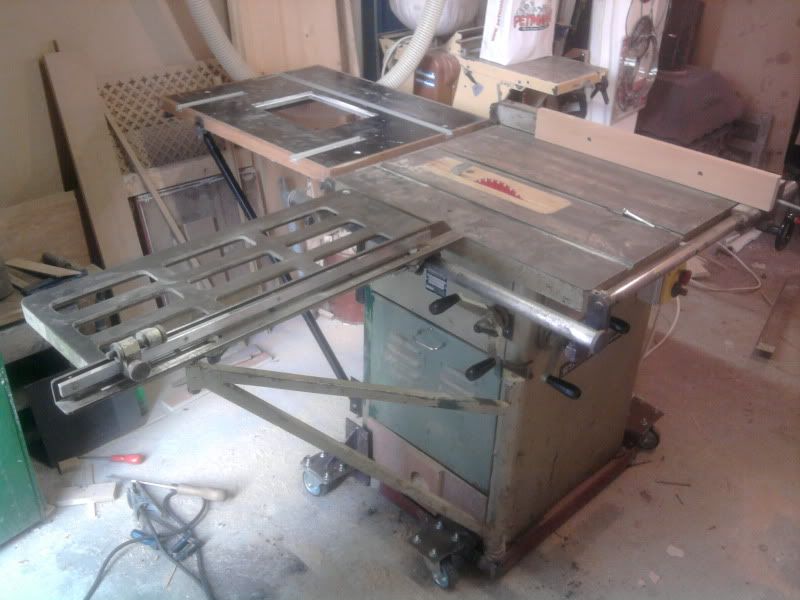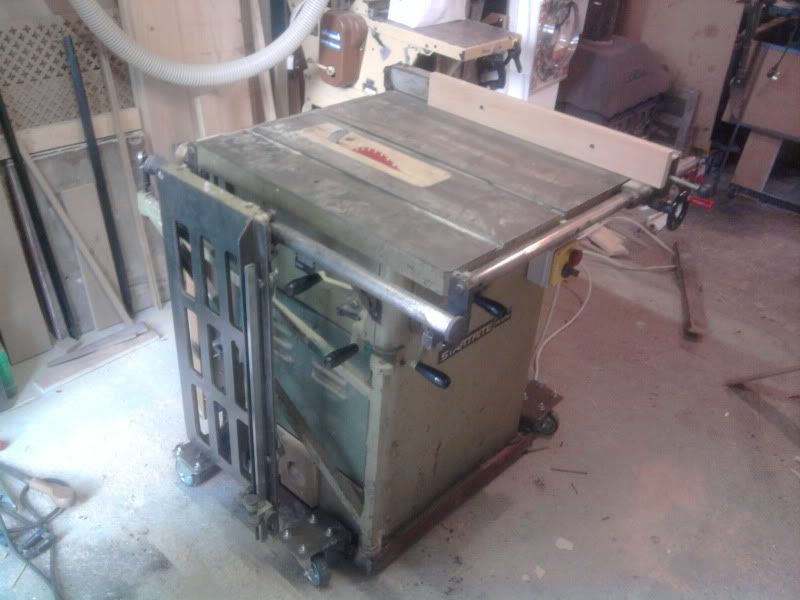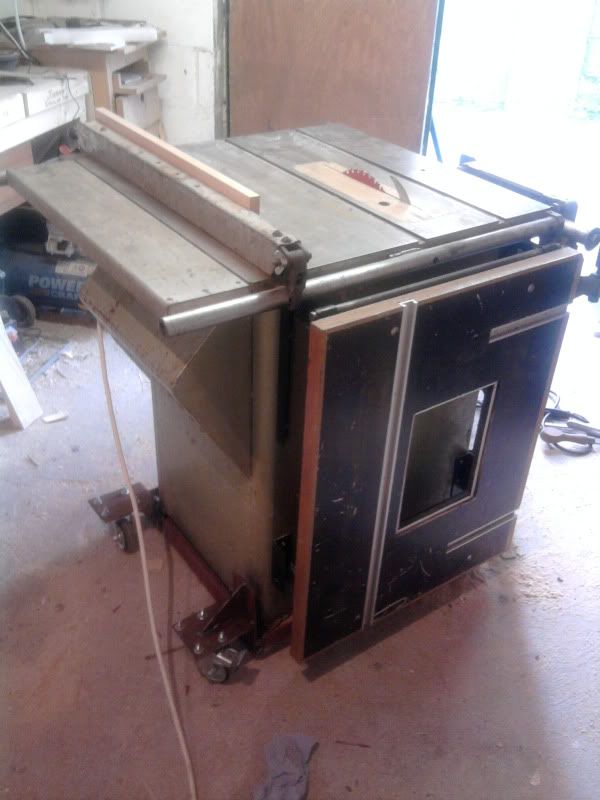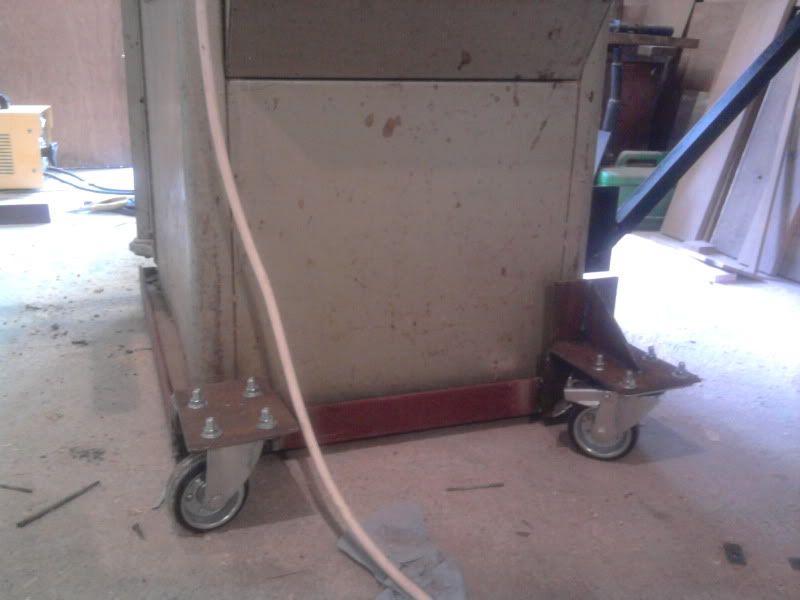CroppyBoy1798
Established Member
Hi,
Ok so I more or less have my Startrite TA275 sorted. Recieved a set of new belts last week to replace the badly worn and misshapen old ones (the belts were the wrong size to start with and the pulleys were badly out of allingment), so, she's singing sweetly and has lost the bad shudders it used to have.
Next problem, I'm noticing when doing rip cuts that I'm not getting a nice perfectly straight edge, at least not that I'm happy with! The resulting cut is almost 'wavy' ie ups and downs (its not in your face noticable, but when placed again a straight edge and held to the light its pretty clear to see). The results have been the same on both mdf and pine lam board. I'm using a good 10" Freud blade and have used a 12" DeWalt blade also, with the same outcome.
Any idea of what might be causing this and how to rectify it because its really bugging me, I want it cutting straight as a die, as it is its just not up to scratch!! :|
Ok so I more or less have my Startrite TA275 sorted. Recieved a set of new belts last week to replace the badly worn and misshapen old ones (the belts were the wrong size to start with and the pulleys were badly out of allingment), so, she's singing sweetly and has lost the bad shudders it used to have.
Next problem, I'm noticing when doing rip cuts that I'm not getting a nice perfectly straight edge, at least not that I'm happy with! The resulting cut is almost 'wavy' ie ups and downs (its not in your face noticable, but when placed again a straight edge and held to the light its pretty clear to see). The results have been the same on both mdf and pine lam board. I'm using a good 10" Freud blade and have used a 12" DeWalt blade also, with the same outcome.
Any idea of what might be causing this and how to rectify it because its really bugging me, I want it cutting straight as a die, as it is its just not up to scratch!! :|





